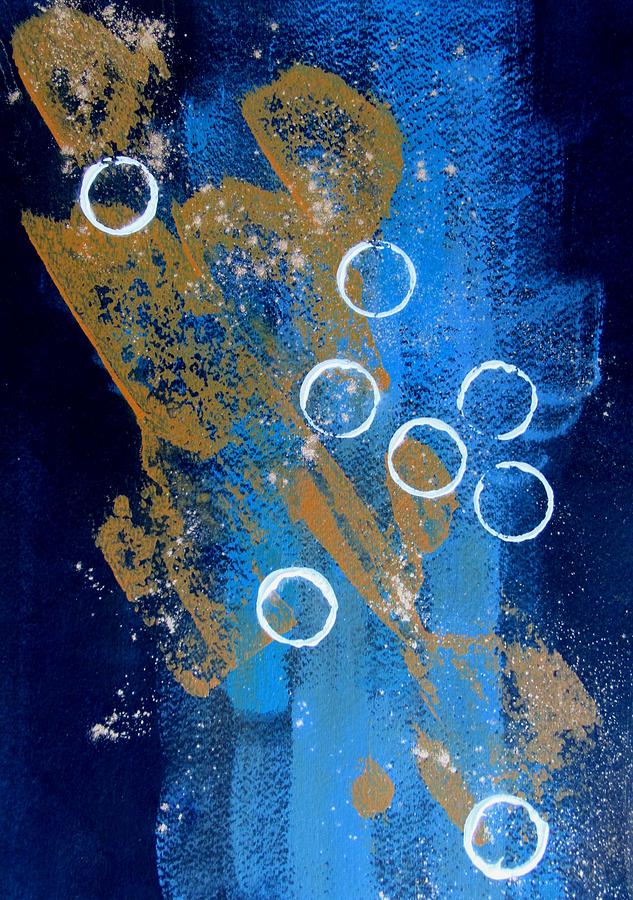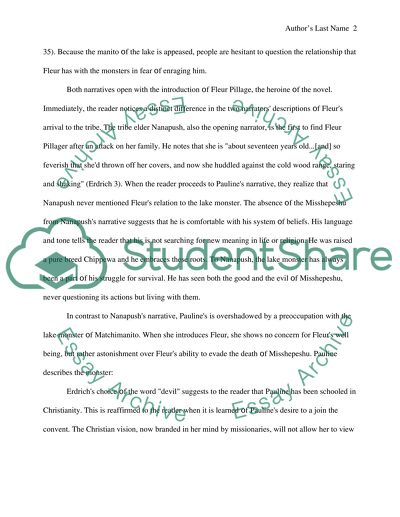

What makes this novel unique and realistic is the presentation of the feud within the community. Yet the novel is not an attempt at garnering sympathy. In accordance to popular opinion during the time of the narrative, the novel pictures a community gradually dying, but still fighting stoically to survive. If at all there is a consensus, it is on the fact that the novel portrays the lives of Native Americans during the first half of the 21st century. Since then it has been the subject to much study from scholars taking sides with its two narrators to being frustrated with the conflicting narrative. Louise Erdrich’s 1988 novel Tracks presents the greatest challenge in comprehension to the readers with its alternating narrators and conflicting narrative. topographies, epistemologies, and identities.

Erdrich includes instead of alienating, sympathizes instead of judging, which makes her an internationally acclaimed author, her work crossing e.g.


Erdrich’s writing can be accessed because it concerns shared human experiences and relationships, both their ambivalence and their beauty. Her novels resist closure, while protagonists return and demand attention, and the author answers dialogically by penning new tales. Erdrich suffuses her writing with an incessant quality of changing and becoming. Thus a dialogic intra-textual microcosm emerges. She writes a growing series of novels, compost pile-like, capitalizing on former novels as well as adding new elements and new stories in the process. Erdrich’s hallmark dialogic literary style and practice encompass for example: writing a series of books re-cycling protagonists, narrators, events, themes and settings re-writing previously published novels employing heteroglossia and polyglossia co-authoring texts, blogging about books, translating different epistemologies for different audiences, and spotlighting families as the main thematic concern in dialogue with her own parenting experiences as depicted in her memoirs. This study’s aim is to portray how Louise Erdrich’s writing extends Bakhtin’s concepts of dialogism and the novel by investigating her selected works as well as her practice of writing, co-writing, re-writing, and reading novels.


 0 kommentar(er)
0 kommentar(er)
